[Hanfu Knowledge] Telling Apart Shan, Ru, and Ao Is This Easy!
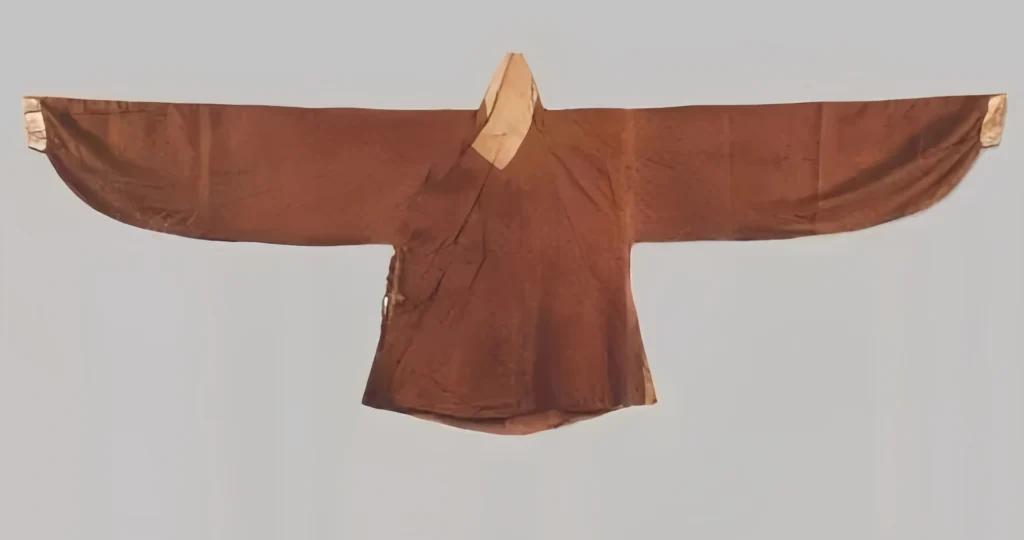
Hanfu styles, the heart of traditional Chinese clothing, are both elegant and diverse. If you’re wondering how to distinguish between Shan, Ru, and Ao, this guide simplifies it with a fun, clear breakdown. Let’s dive into these classic Hanfu tops!
What Are Hanfu Styles?
Hanfu, or traditional Chinese clothing, has a rich history dating back thousands of years. The tops—Shan, Ru, and Ao—are key components, each with unique features. Below, we explore their differences to help you master Hanfu styles effortlessly. For more on Hanfu history, check this resource.
Shan: The Breezy Hanfu Shirt
Shan: The Breezy Hanfu Shirt
The Shan gets its name from “clothing” plus “patterned lines” in ancient script, meaning a sleeveless, slit-sided top. Think of it as a light, breezy shirt—perfect for spring or fall. In ancient times, it was mostly women’s wear, but guys rocked it too.
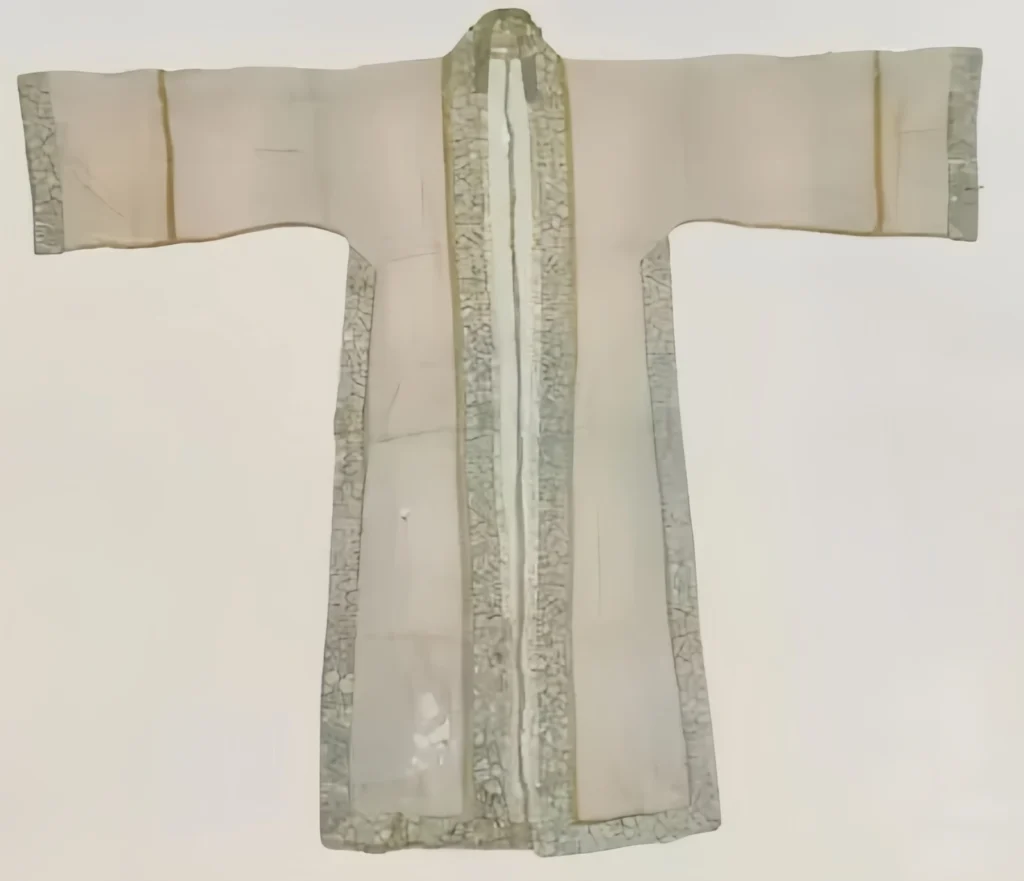
Shans came in two flavors based on status:
- Zhongdan: A fancy court shirt from the Xia, Shang, and Zhou dynasties, later called a “sweatshirt” by the late Qin.
- Bushan: A rough, short cloth shirt for commoners.
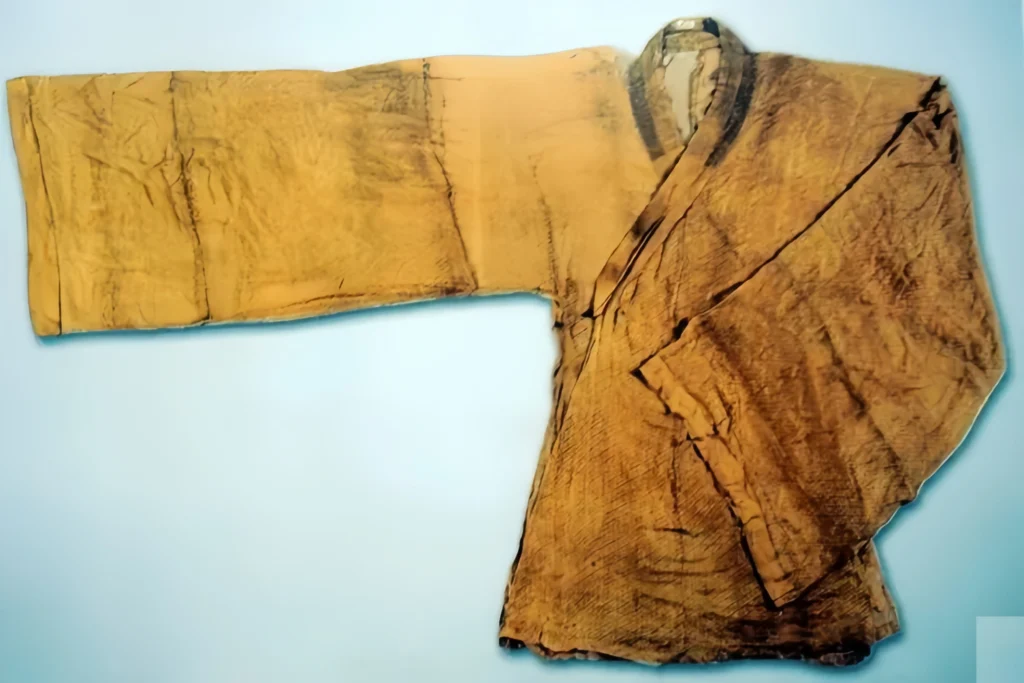
Shans split into inner and outer types:
- Beizi: A lined, front-opening jacket to keep dust off.
- Banbi (Half-Arm): A short-sleeved (or sleeveless) top, elbow-length, super short in body. Popular from the Sui dynasty, it got longer sleeves by the Song, becoming an inner sweatshirt with front-tie or cross-front styles.
Shans are single-layered, worn close to the skin, with no cuffs. Before the Northern and Southern Dynasties, they were cut like Ru (split pieces). After, they became whole-cut with side slits.
Poem vibe:
“Morning weaves an embroidered skirt, evening crafts a light silk shan.”
—Yutai Xinyong (Poem for Jiao Zhongqing’s Wife)
Ru: The Versatile Short Jacket
Ru, named for its “clothing” and “soft” sound, means a short jacket or light coat. It’s either single-layered (like a shan) or multi-layered (closer to an ao).
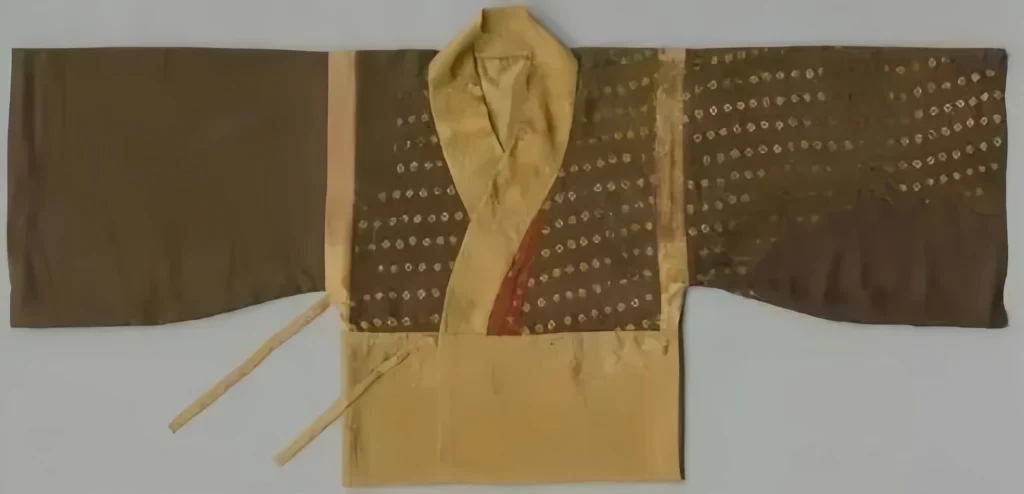
Since Ru usually hits the waist, it’s often called a “waist Ru.” But there’s a twist: Long Ru stretches to the hips, an early form of the ao. Ru can be single or multi-layered, super versatile.
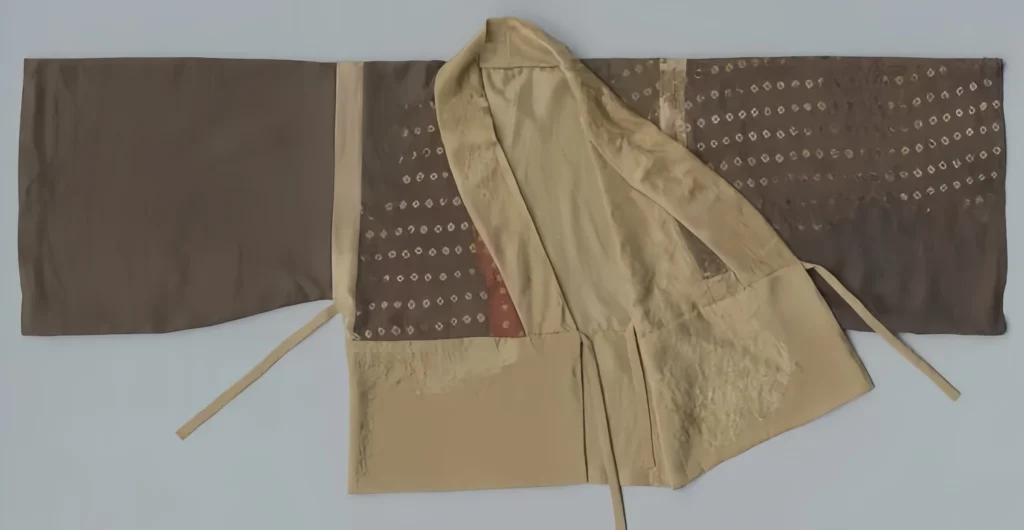
Ru are split-cut with a waist seam (lan), no side slits, like the Jin Ru with its distinct waistband. Artifacts, murals, and figurines show Ru existed as far back as the Qin and Han dynasties.
Poem vibe:
“Xiang silk for the lower skirt, purple silk for the upper Ru.”
—Yange Luofu Xing
Definition:
“Ru, a short jacket.”
—Shuowen Jiezi
Ao: The Cozy Padded Jacket
The Ao is a lined, padded top, cozy and stylish. It comes in three types:
- Jia’ao: Two layers (one face, one lining).
- Mian’ao: Stuffed with cotton for warmth.
- Pi’ao: Made from tanned animal hides (think fur coats).
By length, there’s:
- Da’ao (Long Ao): Hem around the knees.
- Xiao’ao (Short Ao): Hem between waist and hips.

In the Northern and Southern Dynasties, Ao swept into central China, replacing Ru as winter wear. Like shan, they’re whole-cut with side slits, but unlike shan’s single layer, Ao are multi-layered or padded.
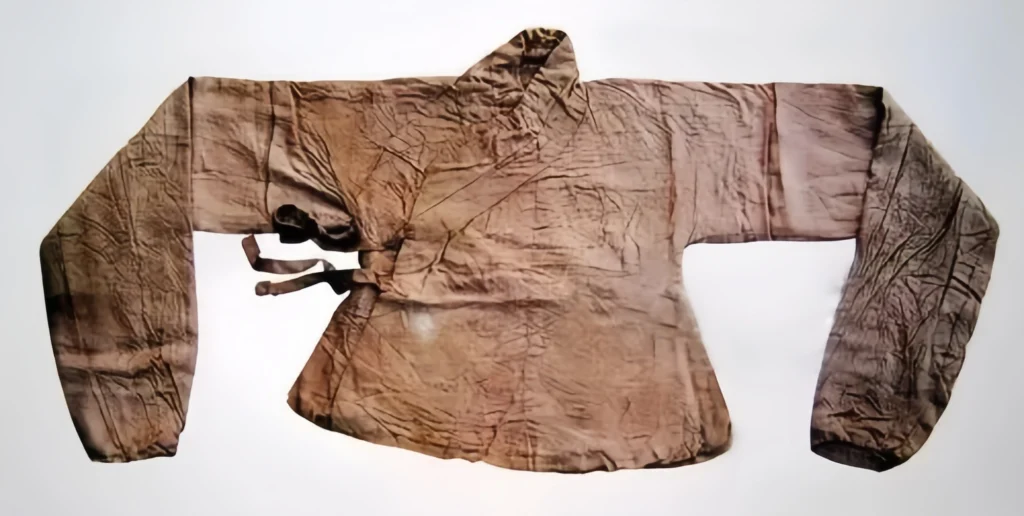
The name “Ao” first popped up in this period, like “cloth shan-ao” in Southern Song, “small Ru-ao” in Northern Wei, or “trouser-ao” in Northern Qi. From then, Ao became a wardrobe staple. Sui’s “hip-cut ao” was a military uniform, spreading to Japan in the Tang. Tang Ao got sassy with barbarian-style flip collars. Song’s cross-front ao (xuan’ao) evolved from Tang Ru. By the late Qing, Ao rocked stand collars, joined sleeves, right-front ties, and slit hems.
Poem vibe:
“Wave-patterned ao, newly made, soft silk and cotton, warm yet light.”
—New Silk Ao Poem
Summary
Here’s the quick cheat sheet (modern take on telling them apart):
| Name | Wear Layer | Length | Layers | Waist Lan | Cut & Slits |
|---|---|---|---|---|---|
| Shan | Inner/Outer | Short (waist) or Long (knee) | Single | No | Whole-cut, side slits |
| Ru | Inner/Outer | Short (waist) | Single/Multi | Yes | Split-cut, no slits |
| Ao | Outer | Short (waist) or Long (knee) | Multi/Padded | No | Whole-cut, side slits |
Notes:
- Whole-cut: Top and bottom sewn as one, no waist seam.
- Split-cut: Top and bottom cut separately, joined at the waist.
- Lan: A horizontal strip at the hem or waist, like a skirt band.
Understanding these core styles enriches appreciation for Hanfu—expand your knowledge via our [comprehensive guide].
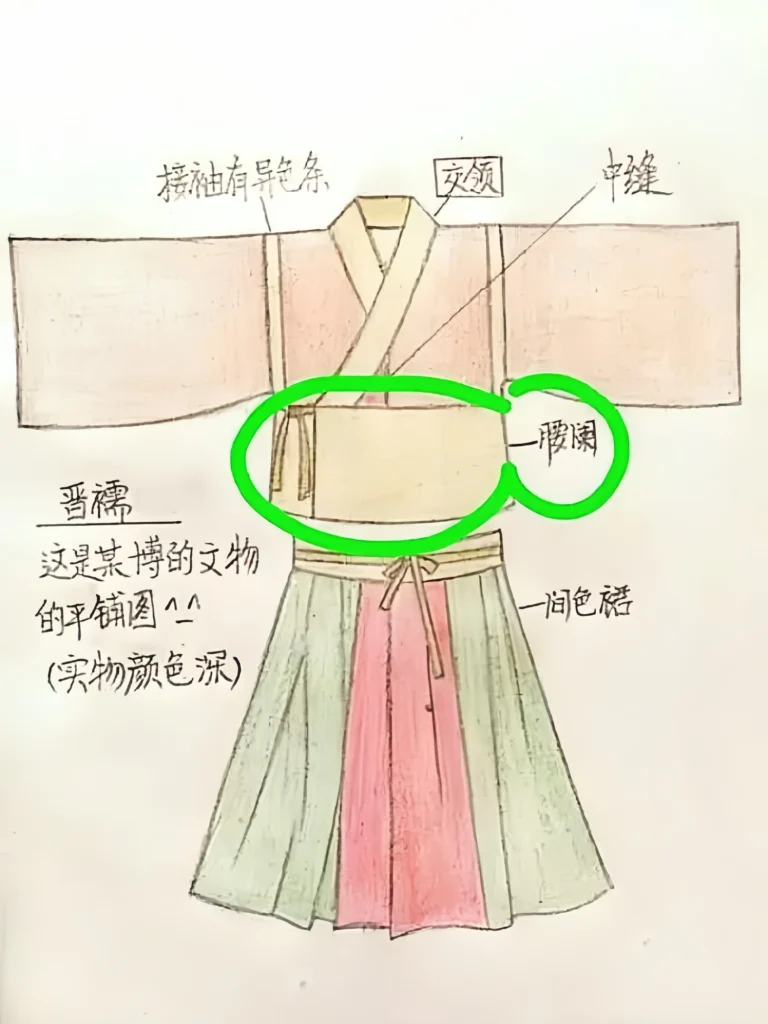
Memory Tip
Shan vs. Ao: Check layers—single means shan, multi means ao.
Shan/Ao vs. Ru: Look for the waist lan—none for shan/ao, there for Ru.
For outer layers like the Ming cloak—a practical counterpart to Ru jackets—read about [traditional winter Hanfu].


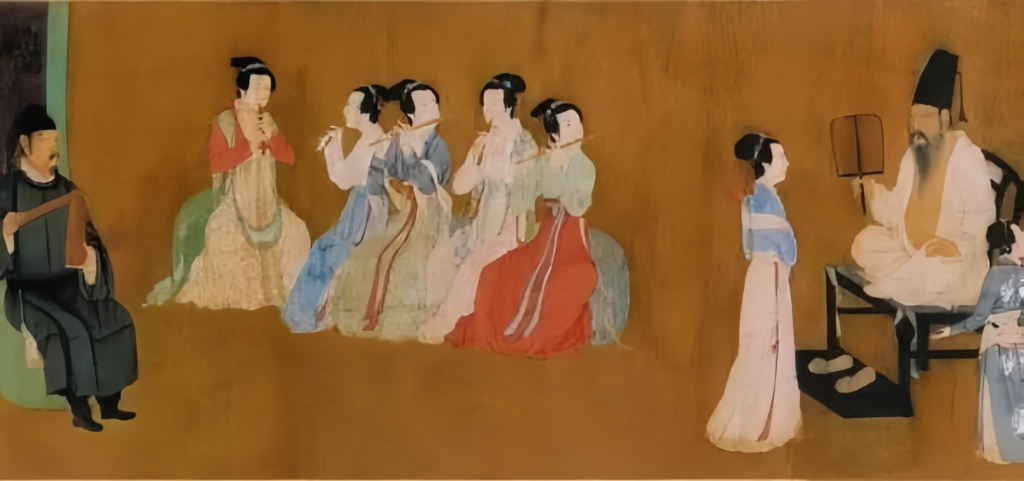

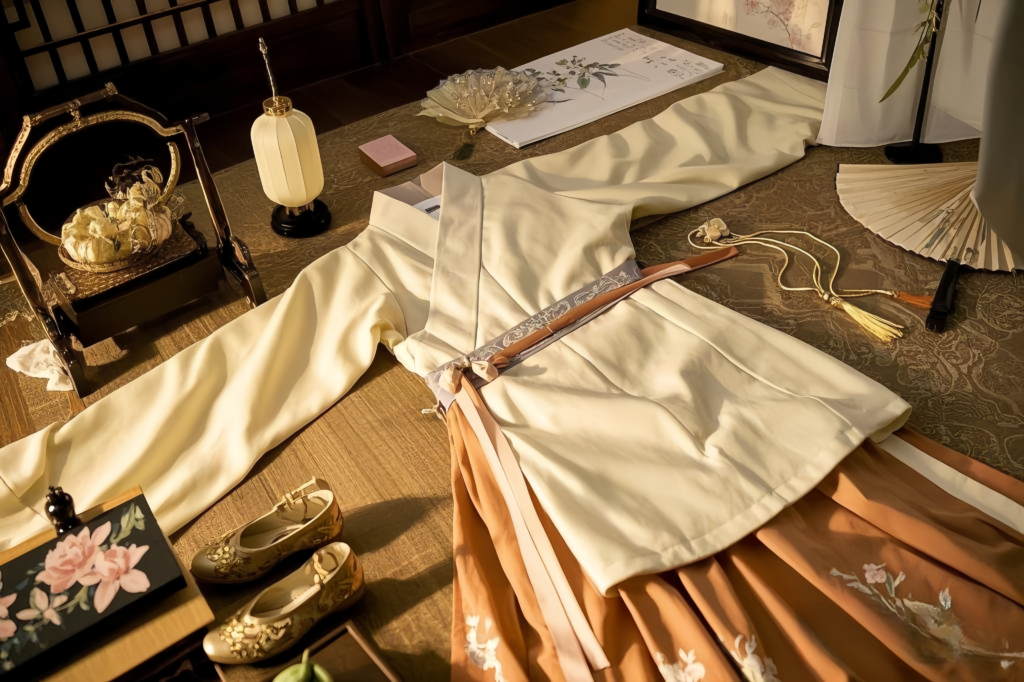
Responses